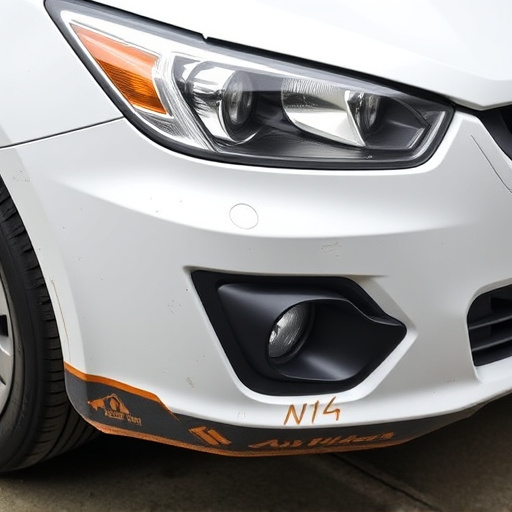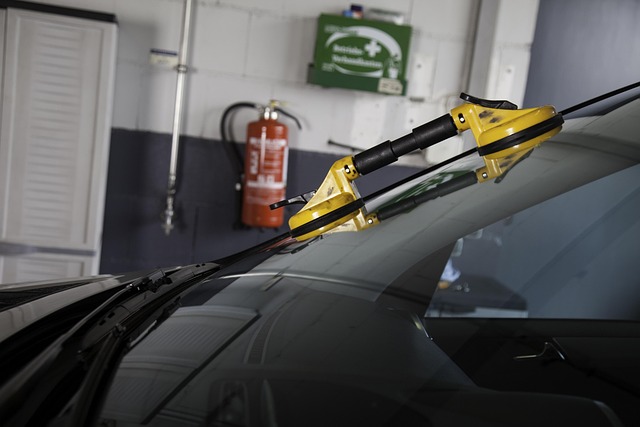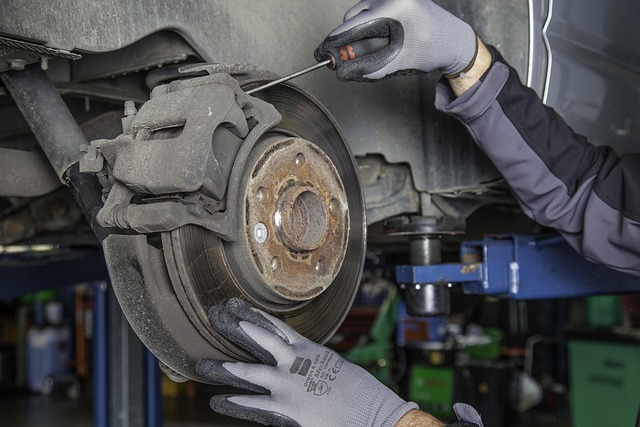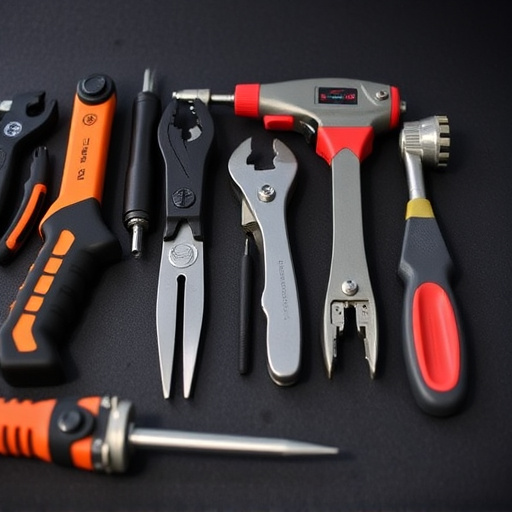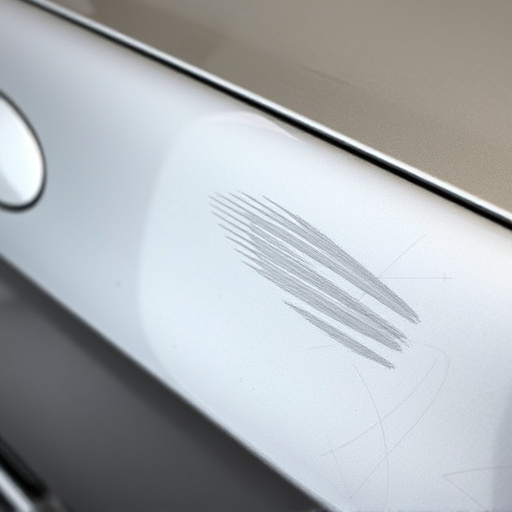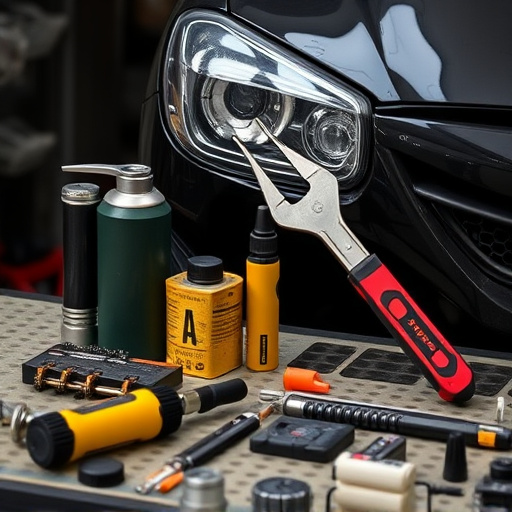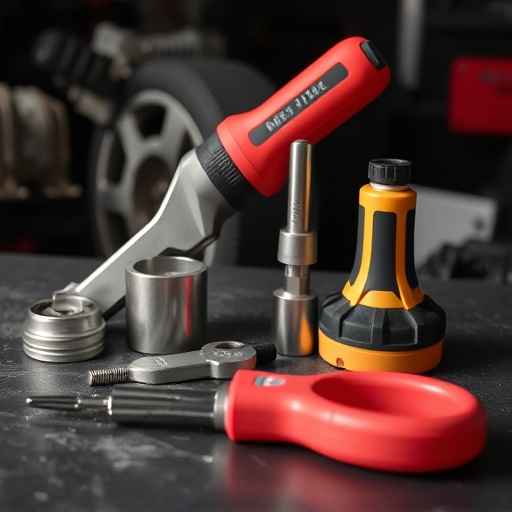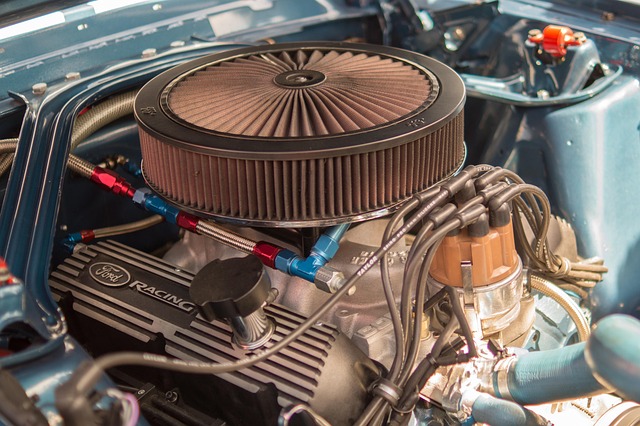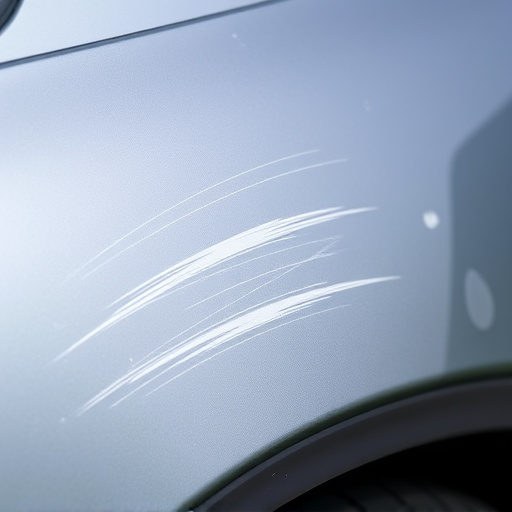Plastic welding technology is a versatile innovation pivotal across multiple industries, from automotive manufacturing to electronics production. It seamlessly fuses various plastics, enabling complex shape creation and structural integrity in collision repairs. Beyond repairs, it facilitates intricate component production with designs previously impossible using traditional methods. Streamlining manufacturing processes, this technology contributes to lighter, more efficient products, making it essential in today's eco-conscious world. Heat-based welding and ultrasonic welding are key methods catering to diverse material properties and project needs, revolutionizing plastic joining across sectors like automotive, packaging, construction, and medical device production.
“Dive into the world of plastic welding technology, a game-changer across diverse industries. This versatile method offers unparalleled advantages, from structural integrity and design flexibility to significant sustainability benefits. By exploring various types of plastic welding, we uncover its role in enhancing durability and reducing material waste. From automotive to healthcare, this innovative technology is revolutionizing manufacturing. Discover how it contributes to a circular economy and shapes the future of eco-friendly initiatives.”
- The Versatility of Plastic Welding Technology
- – Exploring different types of plastic welding
- – Industries and applications that benefit
The Versatility of Plastic Welding Technology

Plastic welding technology stands out for its remarkable versatility across various industries. From automotive manufacturing to vehicle body shops and even in specialized Mercedes Benz repairs, this innovative technique has proven itself indispensable. It enables the seamless fusion of different types of plastics, offering a wide range of possibilities for creating complex shapes and structures. This makes plastic welding a preferred choice when it comes to collision repair, as it ensures precise restoration while maintaining the structural integrity of vehicles.
The versatility of plastic welding technology extends beyond mere repairs; it facilitates the production of intricate components in industries like electronics, medical devices, and consumer goods. Its ability to create strong, durable bonds between different polymer types opens doors for innovative designs that would be challenging or impossible with traditional joining methods. This technological advancement not only streamlines manufacturing processes but also contributes to lighter, more efficient products, playing a crucial role in today’s eco-conscious world.
– Exploring different types of plastic welding

Plastic welding technology offers a diverse range of techniques, each tailored to specific plastic types and applications. The process involves fusing two or more plastic parts together, creating strong, seamless bonds. One prominent method is heat-based welding, utilizing tools like hot air guns or infrared heaters to melt and fuse plastics. This approach is widely used in various industries, including automotive, where it’s a cornerstone of car repair services and collision repair services, ensuring precise repairs and restoration.
Another notable technique is ultrasonic welding, which employs high-frequency sound waves to generate friction heat and melt plastic surfaces, forming strong bonds. This method is particularly advantageous for intricate designs and delicate plastics, making it a favorite in manufacturing tire services and other precision-demanding sectors. Each type of plastic welding technology has its strengths, catering to diverse material properties and project needs, ultimately revolutionizing the way we join and repair plastic components across industries, from automotive to consumer goods.
– Industries and applications that benefit

Plastic welding technology has revolutionized numerous industries, offering efficient and durable solutions for various applications. One of the most prominent sectors where this technology shines is the automotive industry, particularly in collision repair shops and car body shops. These facilities extensively use plastic welding to restore vehicles after accidents or damage, ensuring a seamless fit and superior structural integrity.
Beyond car damage repair, plastic welding technology finds its utility in diverse fields such as manufacturing, packaging, construction, and even medical device production. Its ability to bond different types of plastics seamlessly makes it an indispensable tool for creating complex components, sealing containers, and constructing durable structures. This versatile technology is transforming the way we approach material assembly and repair, contributing significantly to efficiency gains across industries.
Plastic welding technology offers unparalleled versatility, transforming various industries by joining diverse plastic materials for robust and durable solutions. From automotive and medical devices to consumer goods and packaging, its applications are vast. By understanding the different types of plastic welding, we can harness this technology’s full potential, fostering innovation and enhancing product quality in today’s advanced manufacturing landscape.
